Daimyo Kaikyu Ken Tsubame Katana Oroshigane (Daimyo Class Sword)
The blackend iron tsuba is a sukashi (open-work) with designs of flying tsubame (swallows). To the samurai, the swallow (tsubame) symbolized loyalty, endurance, agility, protection, and good fortune. It represented their devotion to their lord, perseverance in training, swift and precise movement in combat, role as protectors, and belief in auspicious outcomes.
The red copper habaki features koshi-yujo style (slanting and slightly accentuated file marks along the base, which resembles falling rain). The saya features a kuro-ishime (black textured) finish that matches the finish of the fuchi, kashira, and kojiri.
SPECIFICATIONS
• Blade Material: Oroshigane
• Blade Polish: Sashikomi style
• Edge: Fully sharpened
• Treatment: Hand Forged, Differentially Hardened, Heat Treated & Tempered, Water Quenched
• Overall Length w/o saya: 39.5 inches
• Blade Length: 27.75 inches
• Tsuka: 10.5 inches wood wrapped with hishigami
• Saya: 30 inches wood kuro-ishime finish
• Koiguchi / Kurikata: Buffalo horn
• Tsuba / Fuchi / Kashira / Menuki / Kojiri: Blackened brass
• Habaki / Seppa: Red copper
• Tsukaito: Brown silk imported from Japan
• Sageo: Brown silk kakucho sageo imported from Japan
• Mekugi: 1 bamboo peg
• Samegawa: Real ray skin panels
• Nakago: Full tang
• Hamon: Real/natural “o-notare”(large wave) pattern
NOTES
• Specs may vary slightly from sword to sword
• Can be disassembled
• Includes silk sword bag
• Packaging: carton box
Oroshigane is a steel produced and/or refined by the swordsmiths themselves, which can be steel from old nails, old iron gates, old swords, etc.
Sashikomi style is the classical style of blade polishing. The hamon is left natural and the blade is not shining like the modern style of polishing, but all the appearances of the steel come up. Sashikomi is a little more difficult to do than a Kesho finish.
S&D Unokubi Zukuri Tanto 1
S&D Nami Mitsudomoe Katana
S&D Kaiken
S&D Zatoichi Cane Sword 1








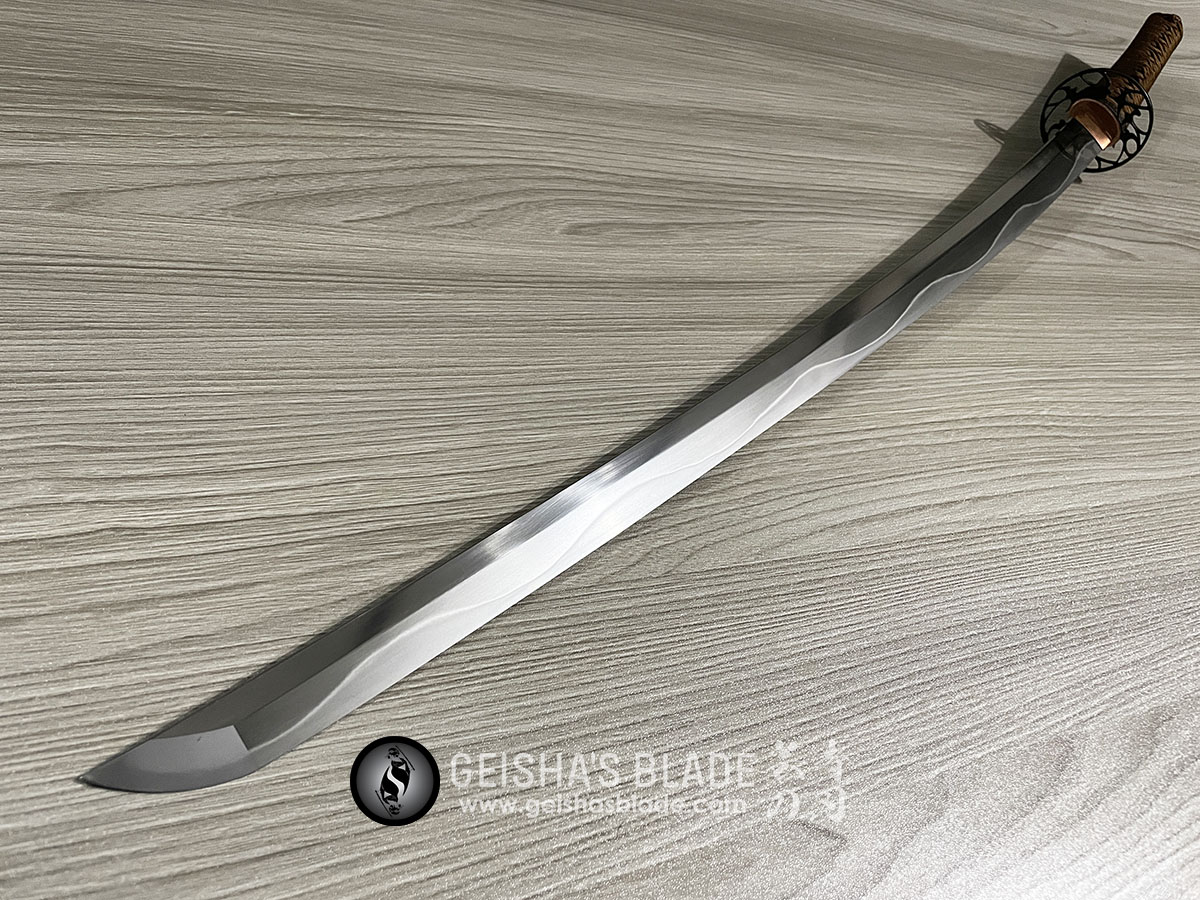






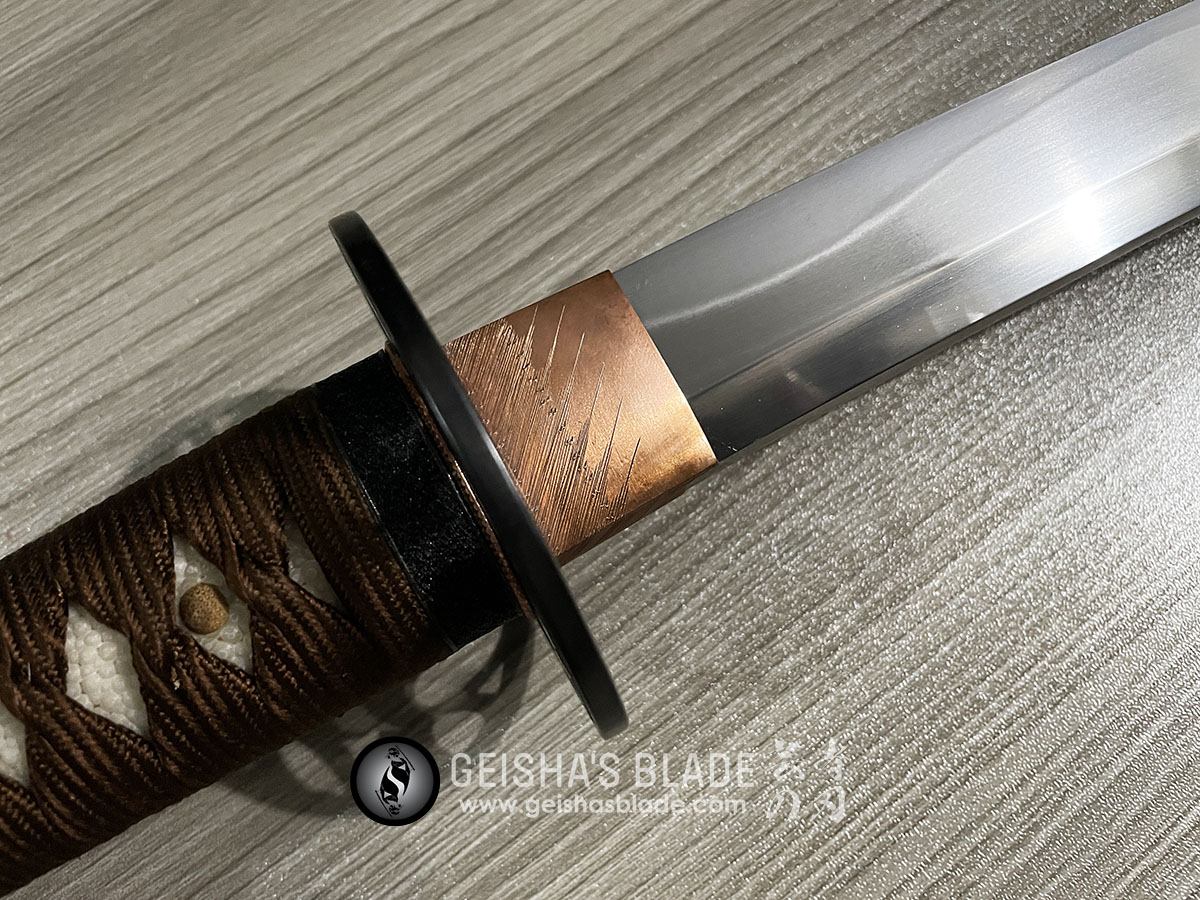


















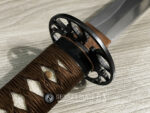




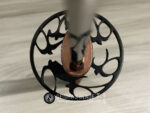




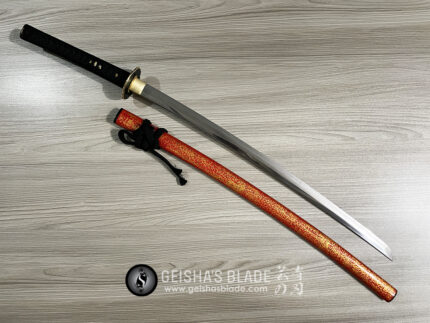







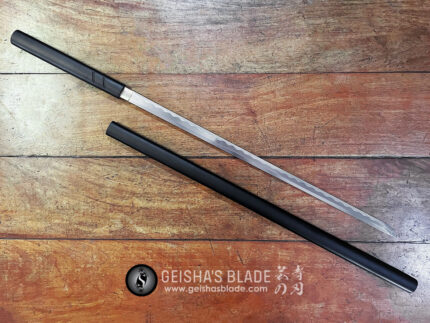
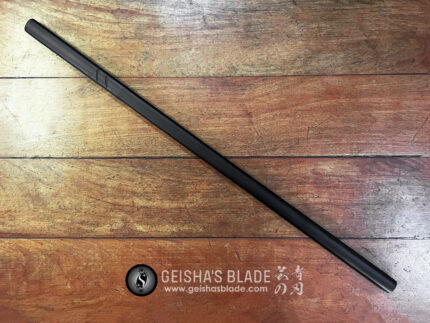
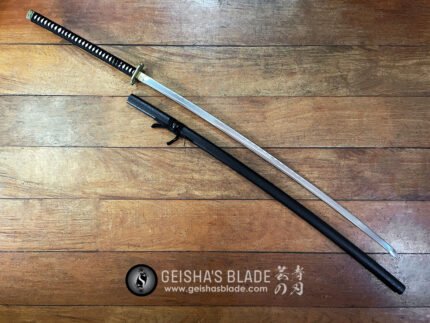





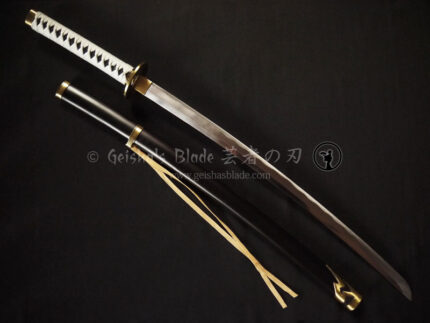

Reviews
There are no reviews yet.